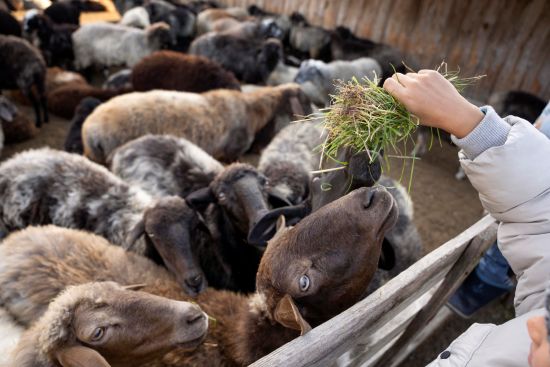632

Meat processors in Romania operate in a context of strict European sustainability regulations, including rules on GHG emissions, waste treatment, and energy efficiency. The implementation of the EU Directive on Large Industrial Installations (IED) requires slaughterhouses and cutting plants to be equipped with wastewater treatment systems and residual heat recovery units.
A medium-capacity processing unit (20–30 tons/day) generates up to 5 m³ of technological wastewater per ton of meat processed. Modern solutions include in-house biological treatment plants with biogas recovery and energy-efficient refrigeration systems. Air-chilling equipment, instead of water-based systems, reduces consumption and environmental impact.
ESG indicators are becoming essential for qualification in international supply chains. Retailer requirements include biodegradable packaging, carbon footprint labeling, and integrated traceability systems. Approximately 60% of large Romanian processors have implemented IFS/BRC standards and use ERP systems adapted to the cold chain.
Investments in renewable energy (solar panels, heat pumps, cogeneration) are also becoming increasingly common. Projects that integrate food waste reduction by valorizing by-products (fats, bones, proteins) are eligible for funding under circular economy programs.
Vertical integration – from farms to processing and distribution – provides an additional competitive advantage. At present, only a few large groups control the entire chain, but the trend is toward growth of this model. Therefore, sustainability is no longer just a reputational option, but a condition of competitiveness.
(Photo: Freepik)




